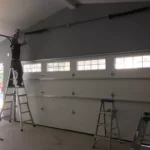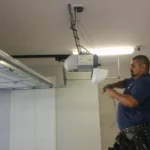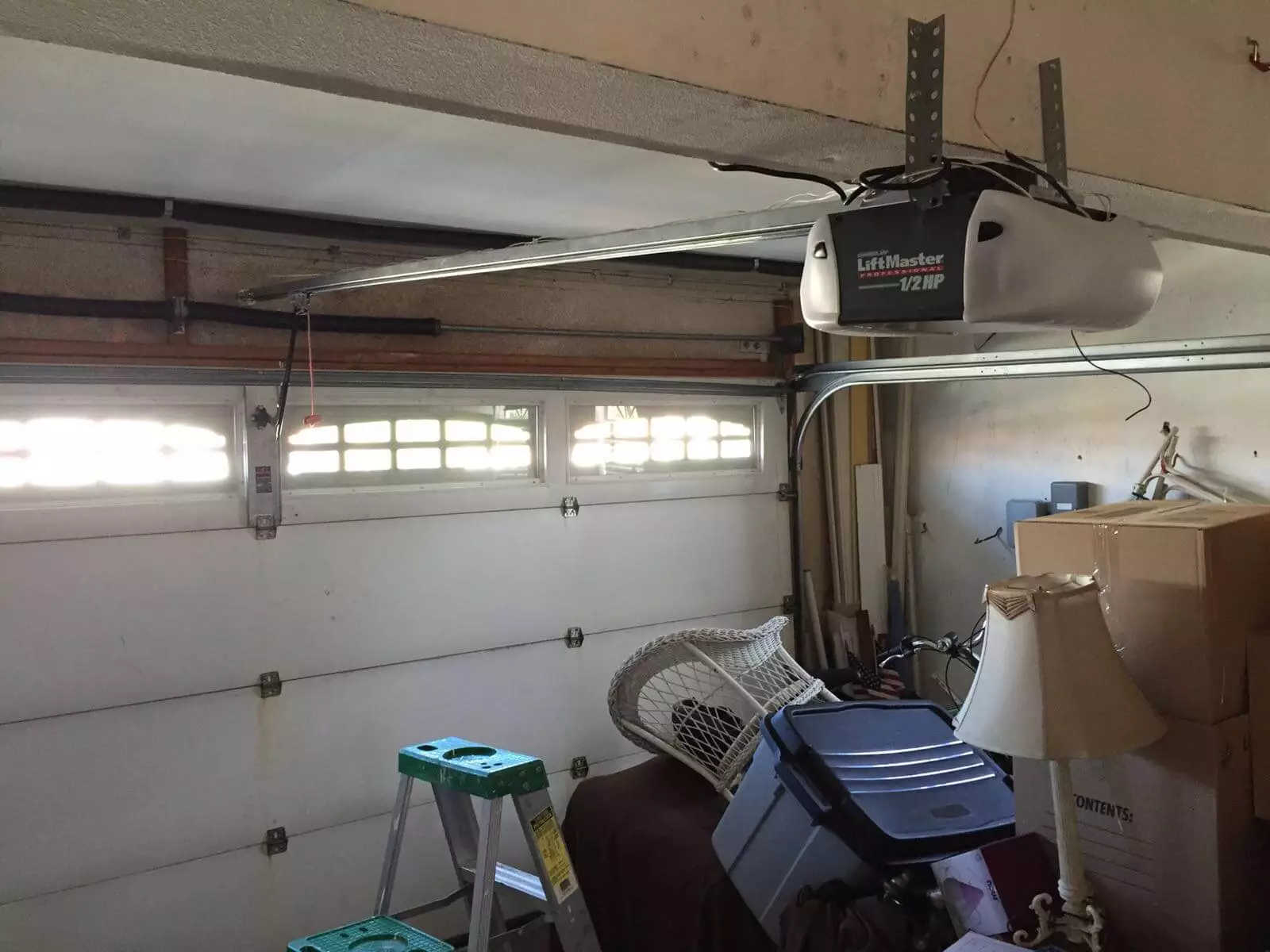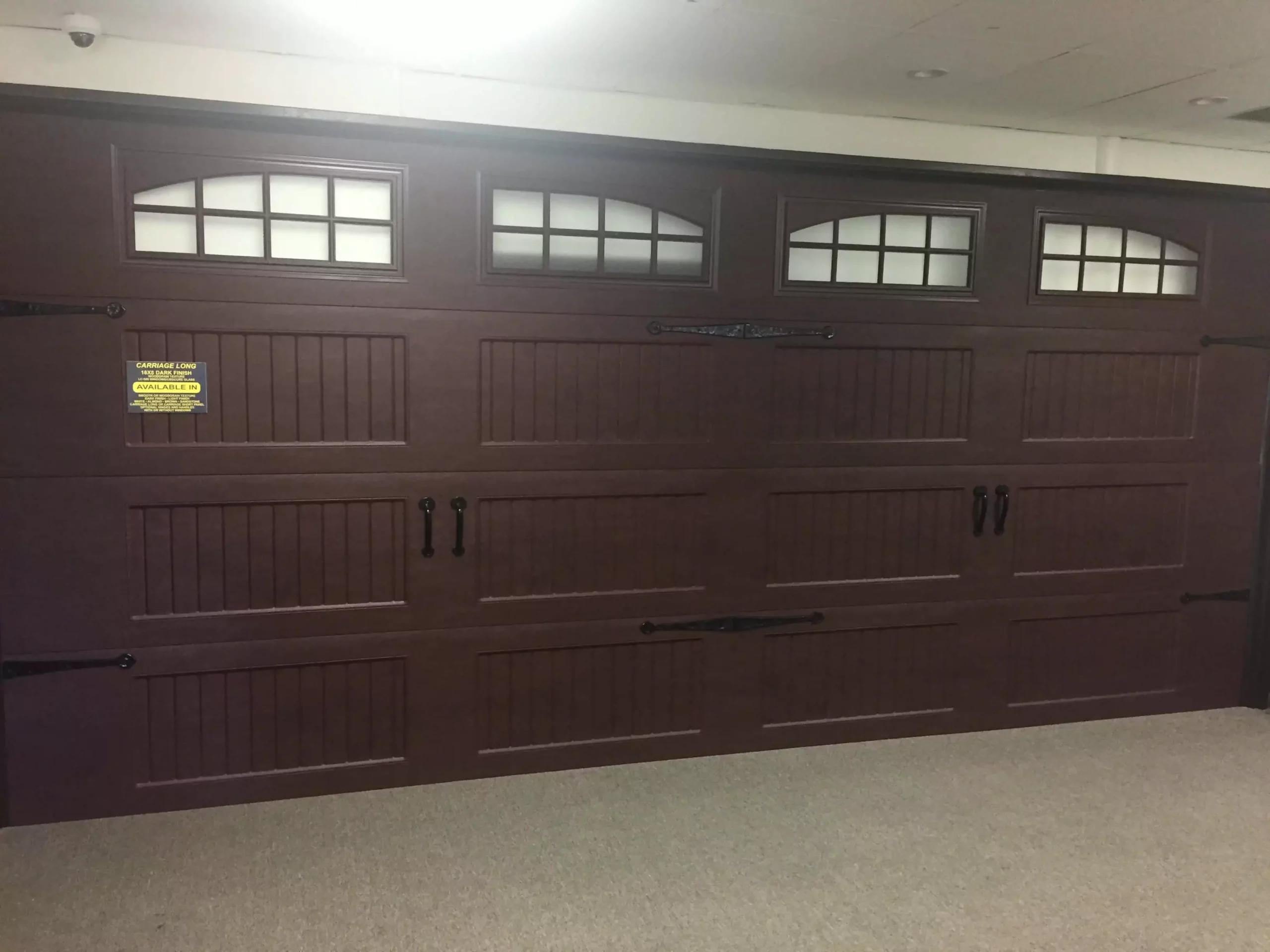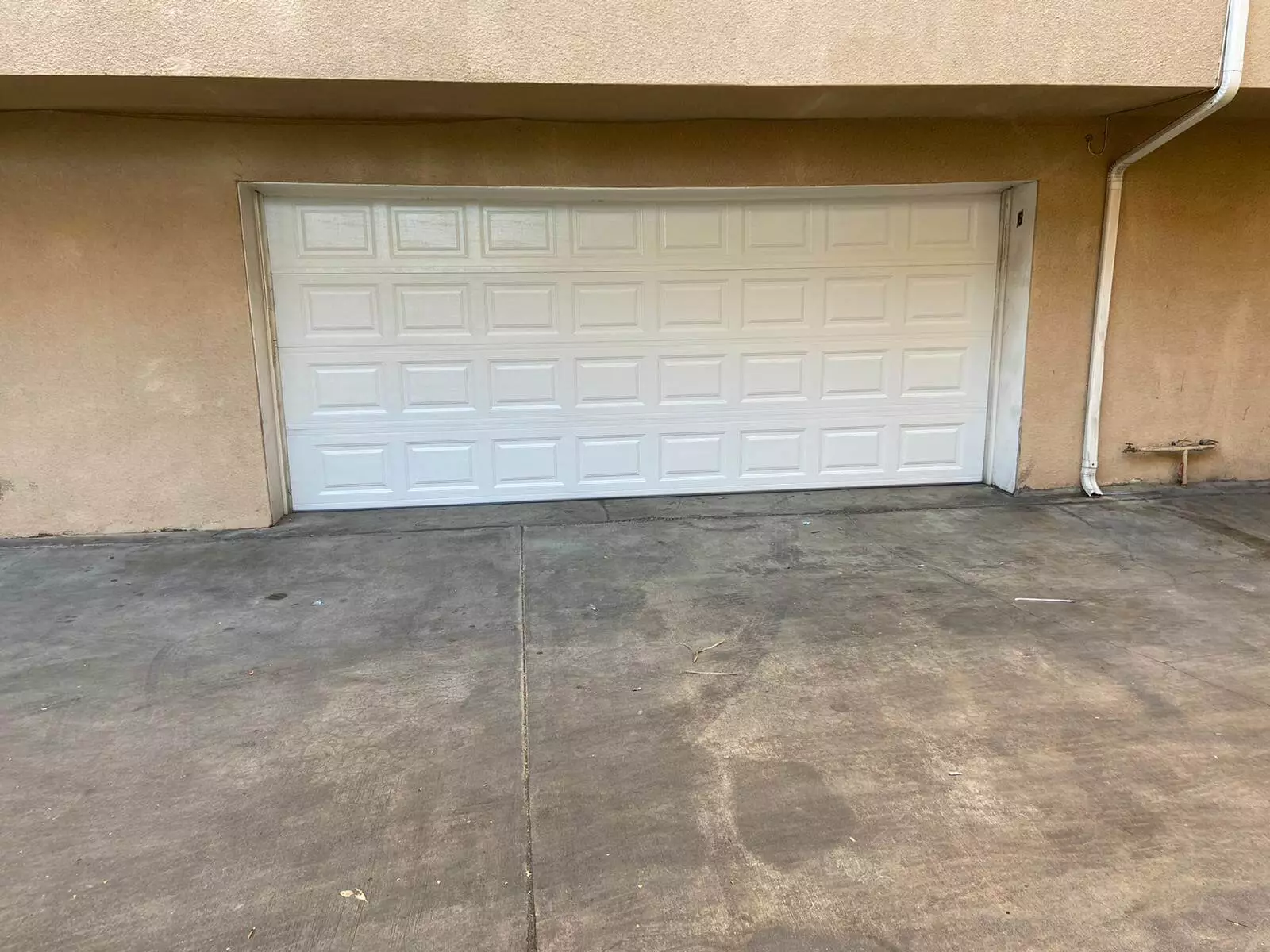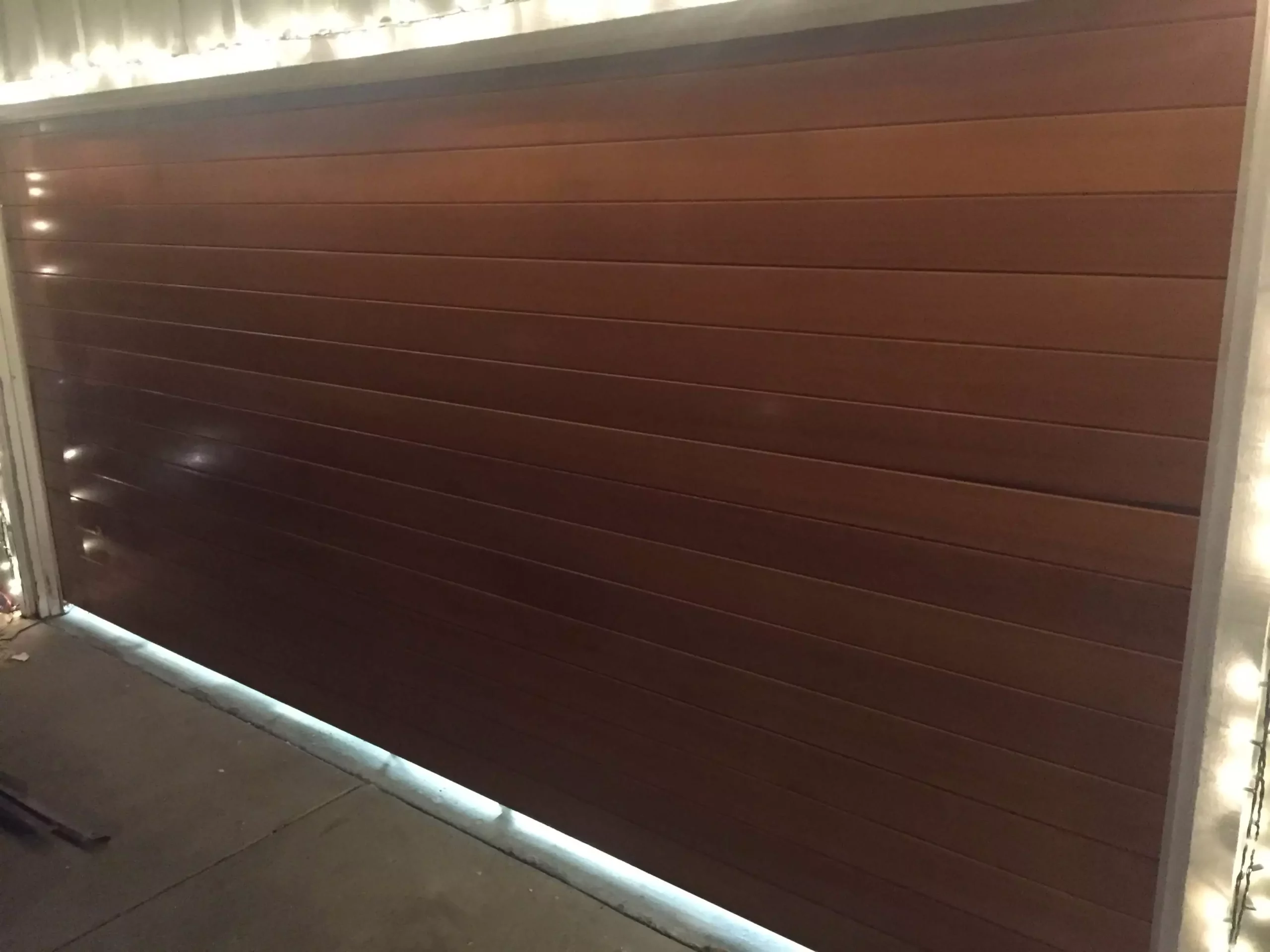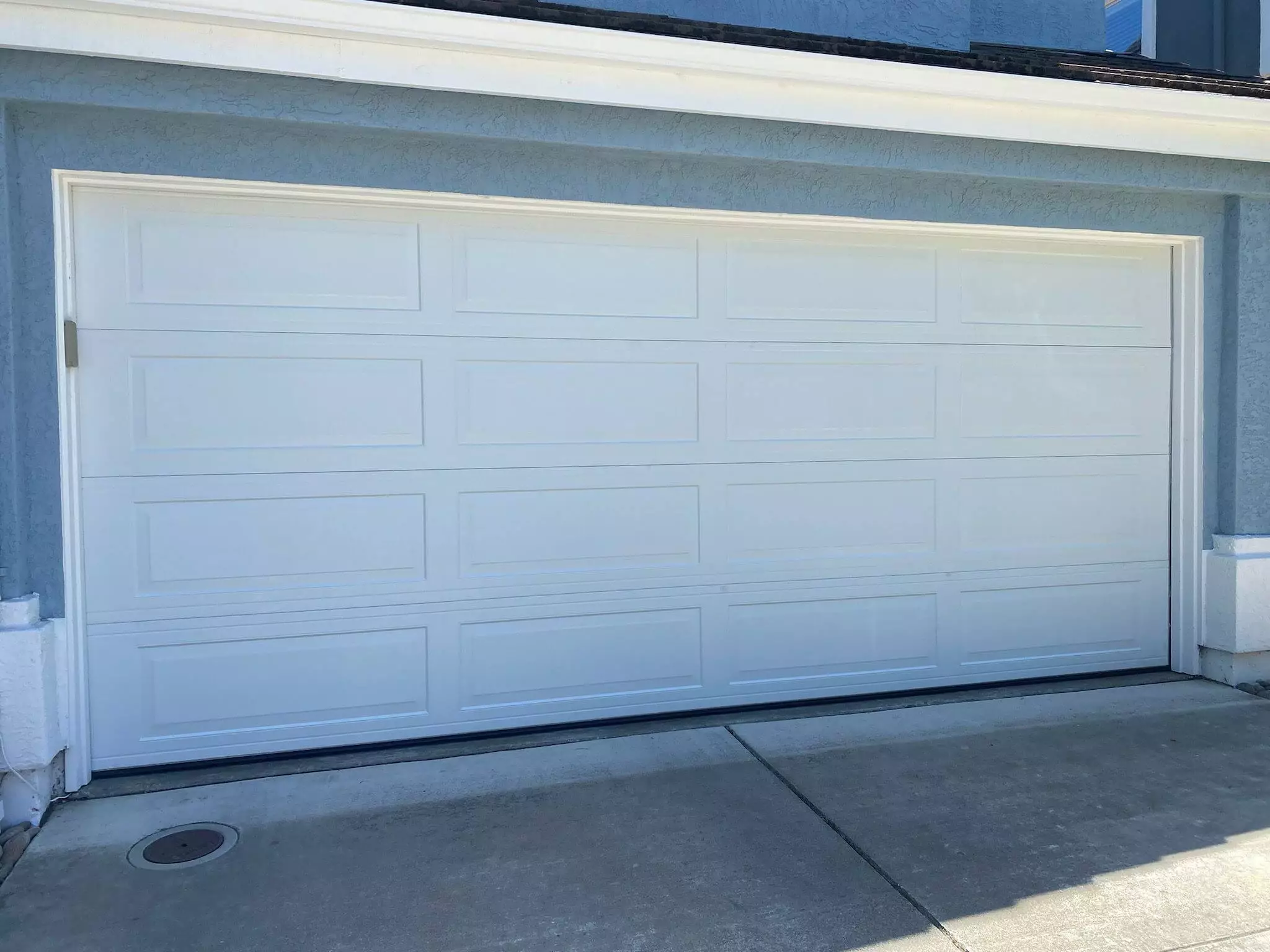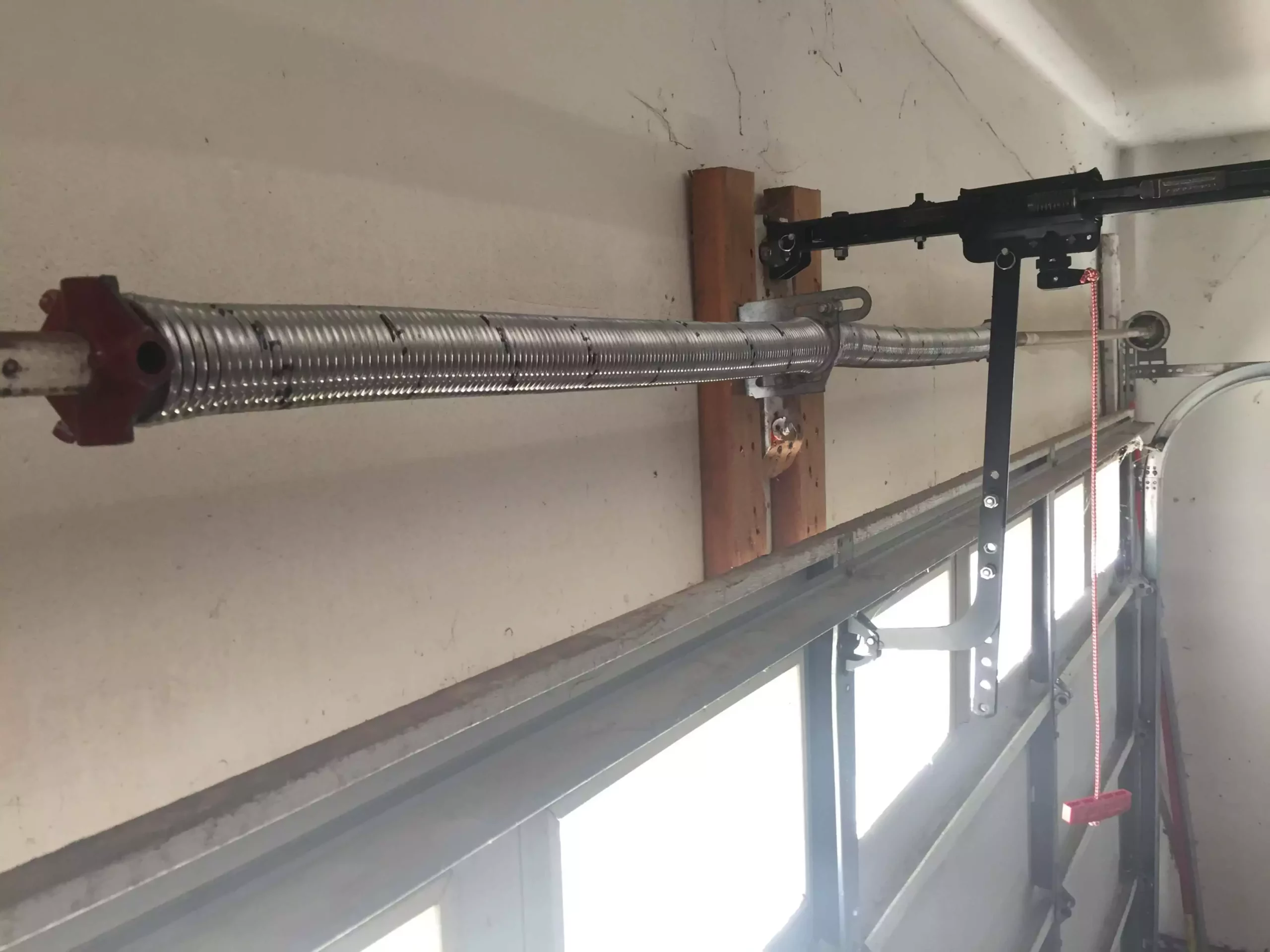
Understanding Garage Door Springs: Types, Lifespan, and Maintenance
Garage doors are an essential part of our homes, providing security and convenience. Behind the scenes, garage door springs play a vital role in the smooth operation of these heavy doors. Understanding the different types of garage door springs, their lifespan, and how to maintain them is crucial for every homeowner.
In this article, we will dive into the world of garage door springs, shedding light on their importance and offering practical tips for their care. Whether you need to replace a broken spring or simply want to extend the lifespan of your garage door springs, this guide has got you covered.

Types of Garage Door Springs
There are two main types of garage door springs: torsion springs and extension springs. Torsion springs are typically mounted above the garage door, while extension springs are located on both sides of the door tracks.
Torsion springs use torque to counterbalance the weight of the door, making them more common in modern garage doors. On the other hand, extension springs stretch and contract to provide the necessary lifting force. Both types of springs have their advantages and specific applications, so it’s essential to understand which type your garage door uses.
Lifespan of Garage Door Springs
The lifespan of garage door springs varies depending on several factors, including the quality of the springs, frequency of use, climate conditions, and maintenance. On average, garage door springs can last anywhere between 7 to 12 years. However, it’s important to note that springs are under constant tension and can break unexpectedly. Regular inspection and maintenance can help identify signs of wear and prevent sudden failures, ensuring the longevity of your garage door springs.
Maintenance Tips for Garage Door Springs:
Proper maintenance can significantly extend the lifespan of your garage door springs and prevent costly repairs. Here are some essential maintenance tips to keep in mind:
Visual Inspection: Regularly inspect your springs for signs of wear, such as rust, cracks, or gaps. If you notice any damage, it’s crucial to replace the springs promptly.
Lubrication: Apply a silicone-based lubricant to the springs, hinges, and other moving parts of your garage door. This helps reduce friction and keeps the springs operating smoothly.
Balance Adjustment: Test the balance of your garage door by disconnecting the automatic opener and manually operating the door. If the door doesn’t stay in place when partially open, it may indicate a balance issue that needs to be addressed.
Professional Inspection: Schedule a professional inspection of your garage door springs at least once a year. An experienced technician can identify potential problems and perform necessary adjustments or repairs.
In case of a broken spring, it is essential to seek the assistance of a reputable garage door spring repair service. Professionals have the knowledge, experience, and tools to safely replace garage door springs and ensure proper functioning.
Garage door springs are crucial components that enable the smooth operation of your garage door. Understanding the different types of springs, their lifespan, and how to properly maintain them is essential for every homeowner.
By following the maintenance tips provided in this article and staying proactive with inspections, you can extend the lifespan of your garage door springs and avoid unexpected failures. Remember, when it comes to garage door spring repair, it’s always best to rely on professional services like Garage Door Spring Repair Williamsburg to ensure safety and optimal performance.
Social Links: Edocr, Lkpo2003, Original.Misterpoll, Party, Archives.Profsurv, Community.She, Discuss.ilw, Trackin, Reddit, Greybox, Evernote, Visual, Dribbble

My name is Wilson Michel. I post about home improvement ideas and how to make your home look beautiful and liveable. I hope my posts will help you with your DIY projects!

